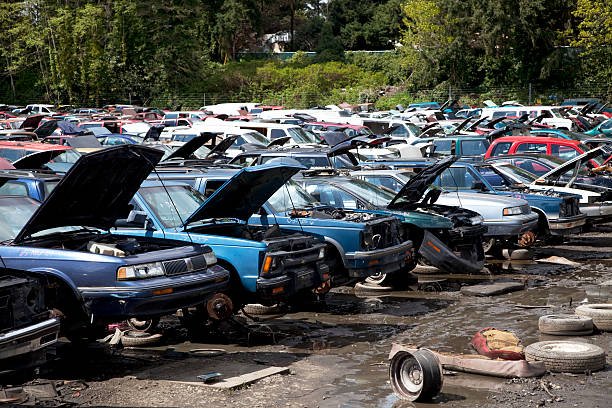Car owners, mechanics, and auto enthusiasts have a rare opportunity to locate reasonably priced components and support environmentally friendly vehicle recycling in the realm of automobile salvage yards, sometimes referred to as pick and pull near me services. It takes careful planning and experience to navigate these automotive treasure troves, whether your goal is to fix an older car, locate rare parts, or just save money on auto maintenance.
1. Understanding the Salvage Yard Landscape
Pick and pull services are intricate ecosystems of vehicle recycling that go beyond a straightforward parts marketplace. These facilities maintain a vast inventory of possible replacement components by housing hundreds, even thousands, of automobiles in various states of disassembly. In contrast to conventional car parts stores, these yards require customers to manually find, take out, and extract the necessary parts. Physical exertion, technical expertise, and a strategic attitude are required for this practical approach. Before you start your parts-hunting trip, it is important to understand the salvage yard’s structure, organization, and regulations.
2. Preparing for Your Salvage Yard Visit
Your used auto parts buying experience may be much improved and your chances of locating the appropriate pieces increased with proper planning. Examine the rules, hours of operation, and admission criteria of the particular yard before you visit. Assemble necessary equipment such as a sturdy jack or lifting apparatus, gloves, safety glasses, socket sets, and wrenches. Put on comfortable, supportive clothes and closed-toe shoes that can handle possibly rugged terrain. Consider making a thorough inventory of the precise parts you’re looking for, and bring a camera or smartphone to record part positions and conditions.
3. Safety Protocols and Personal Protection
Your first priority when investigating pick-and-pull services should always be safety. Sharp metal edges, shaky car frames, and difficult terrain are just a few of the many possible risks that might arise in these settings. Personal protection equipment, such as strong work boots, safety glasses, and heavy-duty gloves, should always come first. Avoid climbing on shaky car frames, be mindful of your surroundings, and walk cautiously between automobile rows. Before you enter a yard, be sure you are aware of any safety regulations or signed releases that may be necessary.
4. Evaluating Part Quality and Compatibility
There is more to choosing the correct car component than just looking at it. Even though pick and pull services might save a lot of money, not all parts will be ready for installation right away. Look closely for indications of excessive wear, corrosion, or damage on possible parts. Look for important factors that can impact compatibility, such as matching car types, manufacture years, and particular trim levels. Bring the make, model, year, and any applicable part numbers or specs for your car.
5. Environmental and Economic Considerations
In order to recycle automobiles and manage resources sustainably, pick and pull services are essential. You may actively contribute to an eco-friendly approach that minimizes waste and the need for new manufacture by selecting salvaged components. By prolonging the lives of vehicle components, these services contribute to a reduction in the carbon footprint of the automotive sector. Economically speaking, salvage yard components can be substantially less expensive than brand-new ones, providing car owners on a tight budget with significant savings.
Conclusion
It takes a combination of planning, education, and real-world experience to navigate pick and pull services. You may turn your experience at the salvage yard into a fulfilling and perhaps profitable endeavor by being aware of the surrounding environment, being well-prepared, putting safety first, carefully assessing pieces, and comprehending the wider economic and environmental ramifications. When researching these automobile recycling havens, keep in mind that your biggest strengths are patience, attention to detail, and a willingness to learn.











